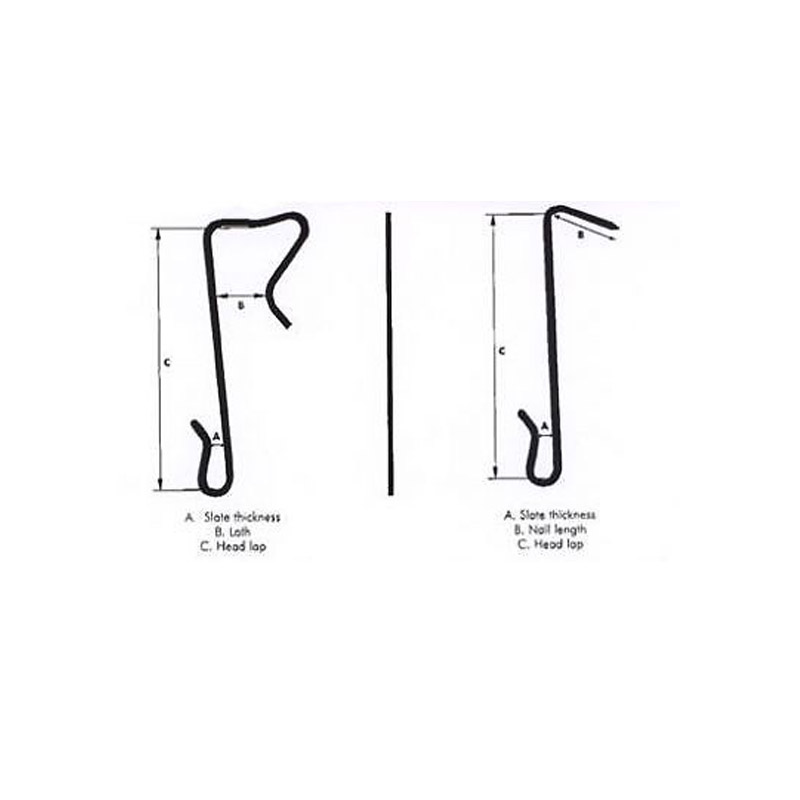
- Mobile Phone
- +8613931874955
- sales@cntcmetal.com
Applications and Benefits of Cavity Screw Ties in Construction and Structural Engineering
Understanding Cavity Screw Ties A Key Component in Modern Construction
Cavity screw ties are an essential element in modern construction, specifically in the realm of masonry buildings. As architects and engineers continuously strive to improve the integrity and durability of structures, cavity screw ties have emerged as a reliable solution for ensuring stability and insulation.
At its core, a cavity screw tie is a structural connector that ties together two separate walls, often referred to as the outer leaf (the visible wall) and the inner leaf (the interior wall) of a cavity wall. These screw ties are usually made from robust materials such as stainless steel or galvanized steel, providing necessary resistance to corrosion and weathering, thereby extending the lifespan of the building.
One of the primary reasons for utilizing cavity screw ties is to maintain the structural integrity of a building. The ties not only help in holding the two leaves together but also allow for movement and flexibility. This is particularly important in areas prone to seismic activity or extreme weather conditions, where differential movement between the inner and outer walls can occur. Cavity screw ties accommodate this movement, helping to prevent cracks and other forms of damage.
cavity screw ties

In addition to their structural benefits, cavity screw ties also play a crucial role in thermal performance. In modern building design, energy efficiency is paramount. Cavity walls, when properly installed with effective screw tie systems, can significantly reduce heat loss, thereby contributing to the overall energy efficiency of the building. This is especially beneficial in colder climates, where maintaining internal temperatures can lead to substantial energy savings.
Installing cavity screw ties requires careful consideration and precision. The ties should be placed at regular intervals, typically every 600mm to 900mm vertically, depending on local building codes and the specific design of the wall. The spacing of the ties is crucial, as it directly influences the wall's performance and stability. Additionally, the ties must be installed at the right depth to ensure they provide maximum strength without compromising the cavity’s insulating properties.
Furthermore, the choice of cavity screw tie is influenced by various factors, including the type of materials used in the outer and inner leaves, the expected load-bearing requirements, and environmental conditions. With advancements in technology, there are now numerous options available that cater to specific construction needs, from lightweight ties for less demanding applications to heavy-duty options for more rigorous environments.
In conclusion, cavity screw ties are a vital component in the construction of safe, energy-efficient, and enduring buildings. Their ability to link exterior and interior walls while accommodating movement makes them indispensable in today’s architectural landscape. As construction practices continue to evolve, the importance of cavity screw ties will undoubtedly remain prominent, ensuring that our buildings not only stand the test of time but also meet the demands of a changing environment.
share:
-
Understanding Wall Ties: Types and ImportanceNewsApr.28,2025
-
Top Products for Your Yard and Signage NeedsNewsApr.28,2025
-
The World of SpringsNewsApr.28,2025
-
Masonry Accessories: Essential for Building Strong FoundationsNewsApr.28,2025
-
Fencing Solutions for Every NeedNewsApr.28,2025
-
A Comprehensive Guide to Iron Wire for Your Construction NeedsNewsApr.28,2025
-
The Versatility of Wire Tension SpringsNewsApr.16,2025



















